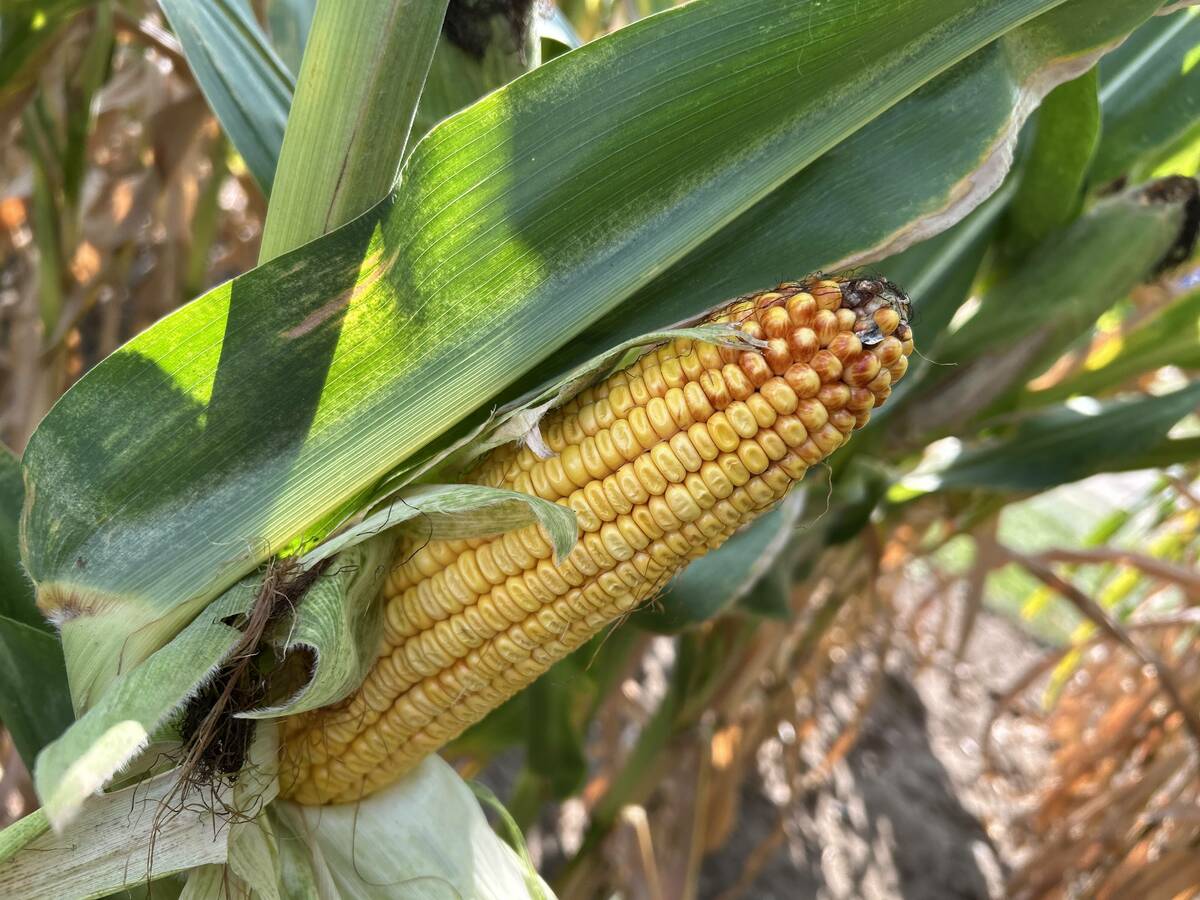The campaign will provide funding for landowners who preserve habitat and plant restoration
SEATTLE, Wash. (Reuters) — The U.S. Fish and Wildlife Service and conservation groups have launched a US$3.2 million campaign to save the habitat of the embattled orange-and-black spotted monarch butterfly, whose numbers have plummeted in recent years.
The monarchs, renowned for migrating thousands of kilometres over many generations from Mexico, across the United States to Canada, and then back again, have seen a loss in their habitat because of farming and urban sprawl.
The population of monarch butterflies, which peaked in the late 1990s at one billion specimens, has fallen by 90 percent in recent years, according to the Center for Biological Diversity.
Read Also

Crop estimates show mixed results
Model-based estimates used by Statistics Canada showed the 2025/26 crop year has seen increases in canola, corn for grain, oats and lentils production while seeing dips in spring wheat, durum wheat, soybeans and barley in comparison to 2024/25.
“Known for its beautiful orange colour, fascinating life cycle and remarkable annual migration, the monarch butterfly is the most iconic butterfly in North America,” said Democratic U.S. senator Amy Klobuchar, who backs the effort.
The campaign, which is led by the Fish and Wildlife Service, the National Wildlife Federation and the National Fish and Wildlife Foundation, includes a conservation fund dedicated to habitat restoration that will involve planting native milkweed and nectar plants, which the butterfly depends on for food and breeding.
The plants have been eradicated or severely degraded in many parts of the United States in recent years.
The Fish and Wildlife Service is putting up $2 million in addition to funds it previously allocated to monarch conservation efforts, including improving more than 200,000 acres of habitat while supporting more than 750 schoolyard habitats and pollinator gardens.
The Fish and Wildlife Service funding will go toward on-the-ground conservation projects stretching from California to the Midwest corn belt, with $1.2 million anchoring a grant distribution fund for farmers and other private landowners who preserve habitat, the first funding effort of its kind.
The Center for Biological Diversity and other groups last year urged the Fish and Wildlife Service to list the monarch as a threatened species under the Endangered Species Act, which would allow greater protections for monarch habitat.














